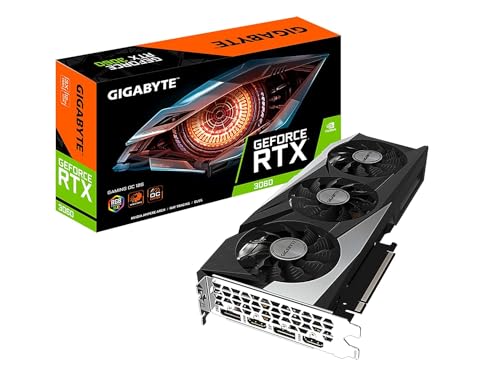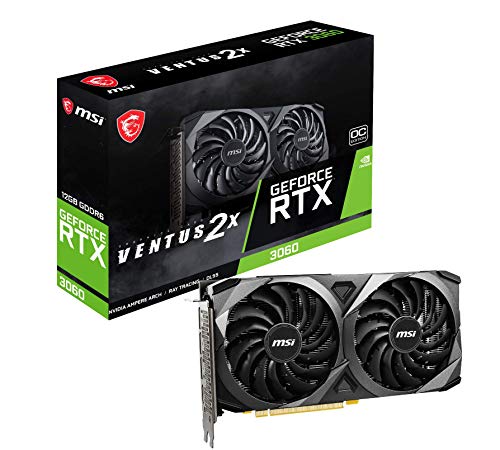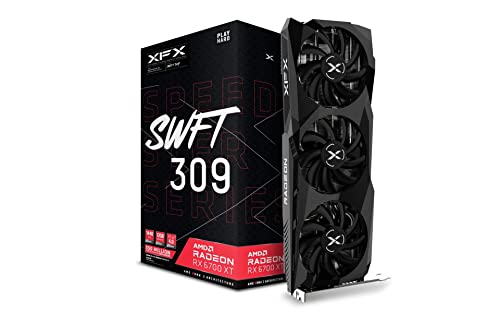### **The Ultimate Guide to Graphics Cards for AI and Machine Learning**
Graphics cards, or GPUs, have become indispensable in the realm of artificial intelligence and machine learning. Their ability to process immense amounts of data simultaneously makes them ideal for powering innovations in AI. This guide explores how GPUs transform machine learning, their essential features, and what to consider when selecting the right one.
---
#### **Why GPUs Are Essential for AI and Machine Learning**
Unlike CPUs, which handle sequential processing, GPUs are designed for parallel computations. This makes them perfect for tasks like training neural networks and running inference. Here’s why GPUs are critical for AI:
- **Massive Computational Power**: GPUs handle thousands of simultaneous calculations, accelerating processes that would take CPUs significantly longer.
- **Efficiency in Training Models**: Training machine learning models often involves processing enormous datasets. GPUs reduce training times dramatically, enabling faster iterations and improvements.
- **Versatility**: Beyond AI, GPUs can be used for tasks like data visualization, simulations, and more, making them highly adaptable for various industries.
---
#### **Key Features of GPUs for AI and Machine Learning**
When choosing a GPU for AI tasks, certain features stand out as essential for optimal performance:
1. **Parallel Cores**
A higher number of cores allows the GPU to perform multiple calculations at once, crucial for processing large datasets efficiently.
2. **Memory Bandwidth**
High memory bandwidth ensures smooth data transfer, which is critical for handling complex machine learning algorithms and large datasets.
3. **VRAM (Video RAM)**
The size of the GPU’s VRAM determines how much data it can process at once. For AI tasks, GPUs with at least 16GB of VRAM are recommended.
4. **Tensor Cores and Specialized Units**
Tensor cores, found in some modern GPUs, are specifically optimized for AI workloads. They accelerate matrix operations, a key component of machine learning tasks.
5. **Scalability**
GPUs that support multi-GPU setups provide scalability for tackling increasingly demanding projects and workloads.
---
#### **Applications of GPUs in AI**
1. **Training Neural Networks**
GPUs excel in the training phase of machine learning, where vast amounts of data are used to fine-tune models. This process, often computationally intensive, is made significantly faster with GPUs.
2. **Inference**
Once a model is trained, GPUs facilitate real-time inference, enabling applications like voice recognition, image processing, and autonomous navigation.
3. **Reinforcement Learning**
AI applications like robotics rely heavily on reinforcement learning, which involves continuous adjustments based on feedback. GPUs process these iterations rapidly, improving efficiency.
4. **Big Data Analytics**
GPUs help sift through massive datasets, identifying patterns and insights that drive decision-making in industries like healthcare, finance, and logistics.
---
#### **Selecting the Right GPU for AI**
When choosing a GPU, consider your specific requirements:
- **Task Complexity**: Match the GPU’s capabilities to your workload. Tasks like natural language processing or generative AI models demand high-end GPUs with significant computational power.
- **Budget**: Determine whether a mid-range or high-end GPU suits your needs. High-end GPUs are ideal for advanced AI research, but mid-range options can handle smaller projects effectively.
- **Software Compatibility**: Ensure the GPU is compatible with popular AI frameworks like TensorFlow, PyTorch, or CUDA, as optimized support enhances performance.
---
#### **Future of GPUs in AI**
As AI continues to evolve, GPUs will remain at the forefront, driving innovations in autonomous systems, healthcare, and beyond. Emerging technologies like quantum computing and edge AI may influence the future of GPU design, making them even more versatile and powerful.
---
#### **Conclusion: Unlocking AI’s Potential with GPUs**
Graphics cards are the foundation of modern AI and machine learning. Their unparalleled computational capabilities enable breakthroughs that transform industries and reshape the future. Investing in the right GPU equips you with the tools to push the boundaries of what’s possible in AI.
View our related products
See more



The Ultimate Guide to Graphics Cards for AI and Machine Learning
Graphics cards, or GPUs, have become indispensable in the realm of artificial intelligence and machine learning. Their ability to process immense amounts of data simultaneously makes them ideal for powering innovations in AI
Related Articles
Essential High-Performance PC Components You Need Now
Upgrade your setup with the must-have parts for unbeatable gaming and productivity
Top Picks for Best High-Performance PCs
Find the perfect power machine for gaming, work, or creative projects
Your Guide to the Best High-Performance PCs
Find the Right PC for Your Gaming and Creative Needs
View our related products
See more





